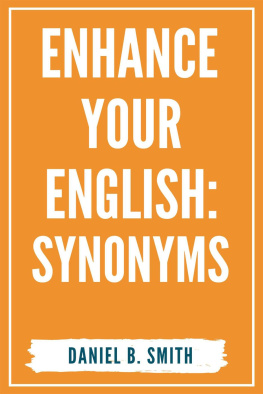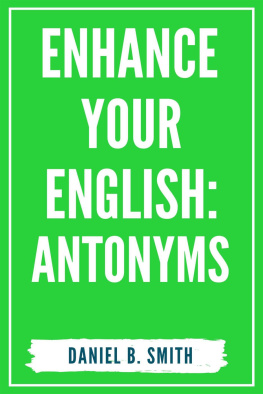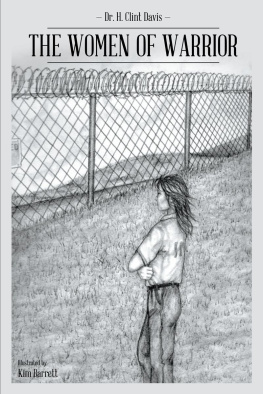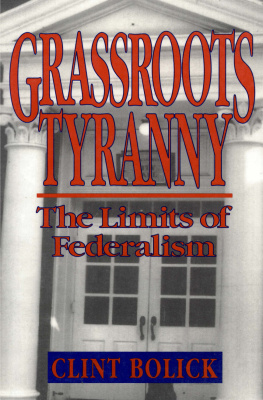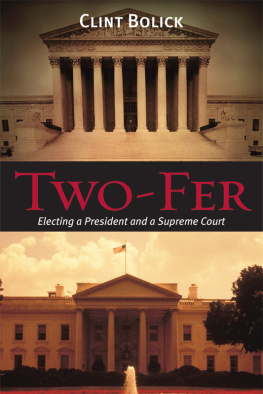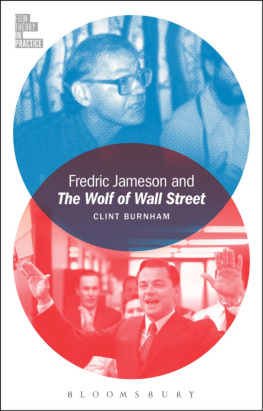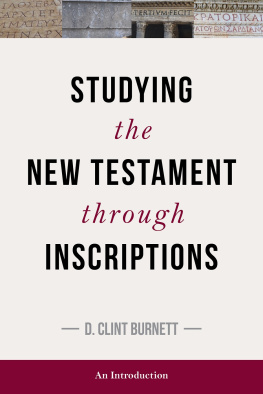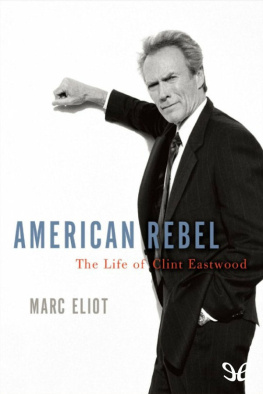Clint Smith - How the Word Is Passed
Here you can read online Clint Smith - How the Word Is Passed full text of the book (entire story) in english for free. Download pdf and epub, get meaning, cover and reviews about this ebook. year: 2021, publisher: Little, Brown and Company, genre: Detective and thriller. Description of the work, (preface) as well as reviews are available. Best literature library LitArk.com created for fans of good reading and offers a wide selection of genres:
Romance novel
Science fiction
Adventure
Detective
Science
History
Home and family
Prose
Art
Politics
Computer
Non-fiction
Religion
Business
Children
Humor
Choose a favorite category and find really read worthwhile books. Enjoy immersion in the world of imagination, feel the emotions of the characters or learn something new for yourself, make an fascinating discovery.
- Book:How the Word Is Passed
- Author:
- Publisher:Little, Brown and Company
- Genre:
- Year:2021
- Rating:4 / 5
- Favourites:Add to favourites
- Your mark:
- 80
- 1
- 2
- 3
- 4
- 5
How the Word Is Passed: summary, description and annotation
We offer to read an annotation, description, summary or preface (depends on what the author of the book "How the Word Is Passed" wrote himself). If you haven't found the necessary information about the book — write in the comments, we will try to find it.
How the Word Is Passed — read online for free the complete book (whole text) full work
Below is the text of the book, divided by pages. System saving the place of the last page read, allows you to conveniently read the book "How the Word Is Passed" online for free, without having to search again every time where you left off. Put a bookmark, and you can go to the page where you finished reading at any time.
Font size:
Interval:
Bookmark:
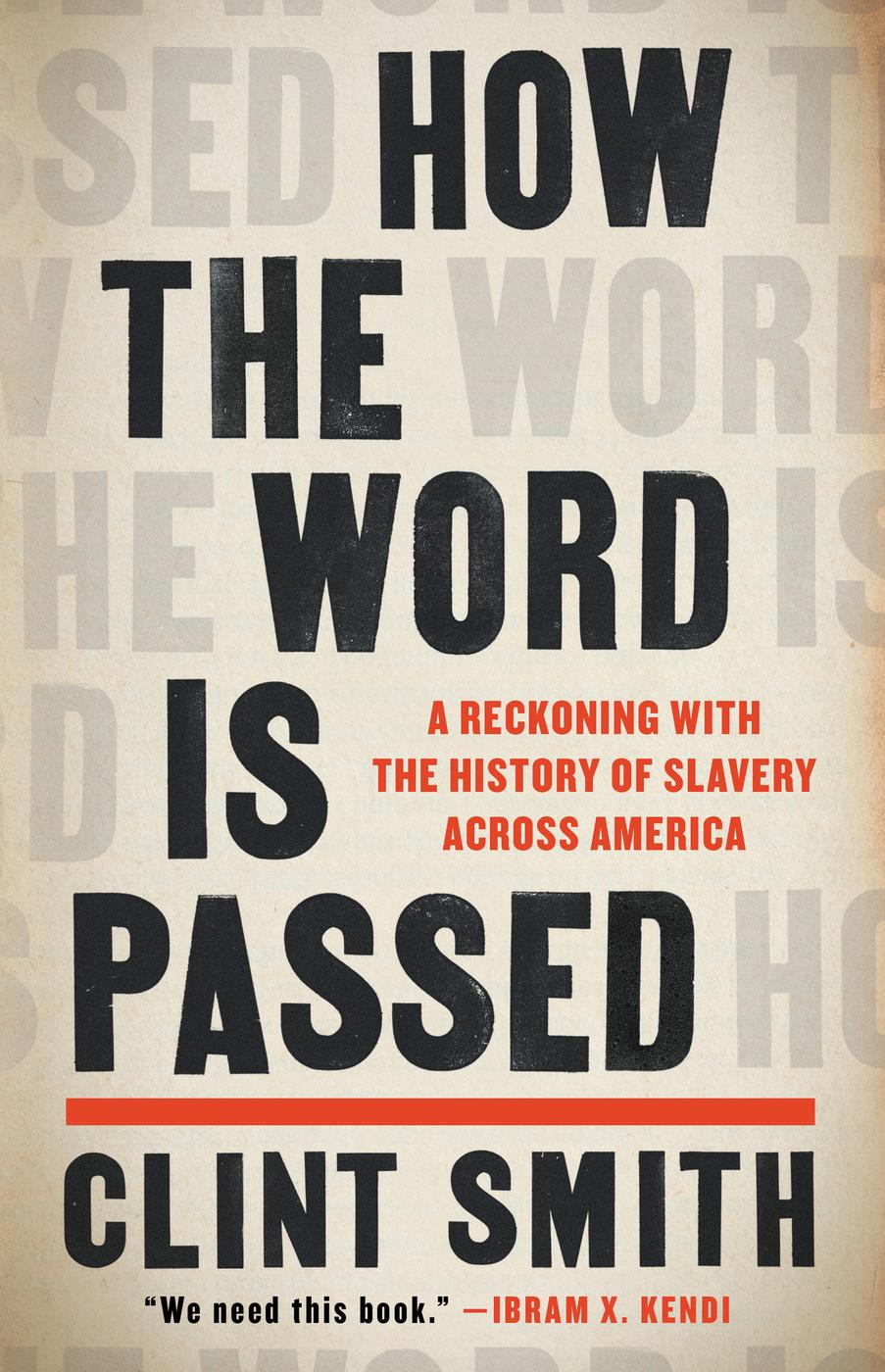
Copyright 2021 by Clint Smith
Cover design by Lucy Kim
Cover copyright 2021 by Hachette Book Group, Inc.
Hachette Book Group supports the right to free expression and the value of copyright. The purpose of copyright is to encourage writers and artists to produce the creative works that enrich our culture.
The scanning, uploading, and distribution of this book without permission is a theft of the authors intellectual property. If you would like permission to use material from the book (other than for review purposes), please contact permissions@hbgusa.com. Thank you for your support of the authors rights.
Little, Brown and Company
Hachette Book Group
1290 Avenue of the Americas, New York, NY 10104
littlebrown.com
facebook.com/LittleBrownandCompany
twitter.com/LittleBrown
First ebook edition: June 2021
Little, Brown and Company is a division of Hachette Book Group, Inc. The Little, Brown name and logo are trademarks of Hachette Book Group, Inc.
The publisher is not responsible for websites (or their content) that are not owned by the publisher.
The Hachette Speakers Bureau provides a wide range of authors for speaking events. To find out more, go to hachettespeakersbureau.com or call (866) 376-6591.
ISBN 978-0-316-49291-1
E3-20210423-NF-DA-ORI
For my children
Our past was slavery. We cannot recur to it with any sense of complacency or composure. The history of it is a record of stripes, a revelation of agony. It is written in characters of blood. Its breath is a sigh, its voice a groan, and we turn from it with a shudder. The duty of to-day is to meet the questions that confront us with intelligence and courage.
Frederick Douglass,
The Nations Problem
You know, they straightened out the Mississippi River in places, to make room for houses and livable acreage. Occasionally the river floods these places. Floods is the word they use, but in fact it is not flooding; it is remembering. Remembering where it used to be.
Toni Morrison,
The Site of Memory
Explore book giveaways, sneak peeks, deals, and more.
Tap here to learn more.

The visits I describe in this book took place between October 2017 and February 2020. I visited some places on multiple occasions, others only once. All quotations were captured with a digital recorder. Some names have been changed to protect the privacy of individuals.
I would like to note that while this book is focused on the places where the story of slavery in America lives on, the land upon which many of these historical sites sit belonged to Indigenous communities before it belonged to anyone else. Of the eight US-based sites I visited for this book, New Orleans sits on Chitimacha and Choctaw land; Monticello sits on Monacan land; the Whitney Plantation sits on Choctaw land; Angola prison sits on Choctaw land; Blandford Cemetery sits on Appomattoc and Nottoway land; Galveston, Texas, sits on Akokisa, Karankawa, and Atakapa land; New York City sits on Munsee Lenape land; the National Museum of African American History and Culture sits on Nacotchtank (Anacostan) and Piscataway land. It should be noted that Native territories often overlapped and had malleable borders that shifted over time. This list is not definitive but is one attempt to acknowledge those who first traversed this land, and to do so as accurately as possible.
T HE SKY ABOVE THE M ISSISSIPPI River stretched out like a song. The river was still in the windless afternoon, its water a yellowish-brown from the sediment it carried across thousands of miles of farmland, cities, and suburbs on its way south. At dusk, the lights of the Crescent City Connection, a pair of steel cantilever bridges that cross the river and connect the east and west banks of New Orleans, flickered on. Luminous bulbs ornamented the bridges steel beams like a congregation of fireflies settling onto the backs of two massive, unbothered creatures. A tugboat made its way downriver, pulling an enormous ship in its wake. The sounds of the French Quarter, just behind me, pulsed through the brick sidewalk underfoot. A pop-up brass band blared into the early-evening air, its trumpets, tubas, and trombones commingling with the delight of a congregating crowd; a young man drummed on a pair of upturned plastic buckets, the drumsticks in his hands moving with speed and dexterity; people gathered for photos along the rivers edge, hoping to capture an image of themselves surrounded by a recognizable piece of quintessential New Orleans iconography.
After the transatlantic slave trade was outlawed in 1808, about a million people were transported from the upper South to the lower South. More than one hundred thousand of them were brought down the Mississippi River and sold in New Orleans.
Leon A. Waters came and stood next to me on the riverfront, hands in pockets, lips compressed, overlooking the Mississippis slow bend between the two shores of the city. I had been introduced to Waters by a group of young Black activists in New Orleans who were part of the organization Take Em Down NOLA, whose self-espoused mission is the removal of ALL symbols of white supremacy in New Orleans as a part of a broader push for racial & economic justice. Waters has served as a mentor to many members of the groupthey see him as an elder statesman of their movement and credit him for being a central part of their political education.
Watersin his late sixties with a greying mustache sitting over his lipswore a black sports coat over a grey-and-white-striped shirt with the top button undone. A navy-blue tie hung loosely below his unfastened collar and swung over the waistband of his faded blue jeans. A pair of thin-framed, rectangular-shaped glasses sat high on the bridge of his nose, the left lens with a slight smudge in its bottom corner. His voice was low and unvarying in its tone. Waters might be mistaken for surly, but his disposition is simply a reflection of the seriousness with which he takes the subject matter he often is discussing, the subject of slavery.
We were standing in front of a plaque, recently put up by the New Orleans Committee to Erect Markers on the Slave Trade, outlining Louisianas relationship to the transatlantic slave trade. Its doing its job, Waters said of the plaque. All through the day people come in, they stop, they read, take picturesIts another way of educating people to this.
In recent years, markers like this began to go up throughout the city, each documenting a specific areas relationship to enslavementpart of a broader reckoning. After years of Black people being killed by police and having their deaths broadcast in videos streamed across the world, after a white supremacist went into a Black church in Charleston, South Carolina, and killed nine people as they prayed, after neo-Nazis marched in Charlottesville, Virginia, to protect a Confederate statue and reclaim a history born of a lie, after George Floyd was killed by a police officers knee on his neck, cities across the country have begun to more fully reckon with the history that made such moments possiblea history that many had previously been unwilling to acknowledge. Waters, who identifies as a local historian and revolutionary, was not new to this. He and others like him have, for years, been working to illuminate the citys legacyand by extension the countrys legacyof oppression.
Only recently, after decades of pushing by activists, amid the larger groundswell of national pressure, have city officials begun to listen, or perhaps feel like they finally have the political capital to act. In 2017, New Orleans removed four statues and monuments that, it had determined, paid tribute to the legacy of white supremacy. The city removed memorials to Robert E. Lee, the general who led the Confederacys most successful army during the Civil War, a slaveholder; Jefferson Davis, the first and only president of the Confederacy, a slaveholder; P. G. T. Beauregard, a general in the Confederate Army who ordered the first shots of the Civil War, a slaveholder; and a monument dedicated to the Battle of Liberty Place, an 1874 insurrection in which white supremacists attempted to overthrow the integrated Reconstruction-era state government of Louisiana. These monuments are gone now, but at least a hundred streets, statues, parks, and schools named after Confederate figures, slaveholders, and defenders of slavery remain. On a cool February afternoon, Waters, the founder of Hidden History Tours of New Orleans, promised to show me where some of these vestiges of the past remain.
Font size:
Interval:
Bookmark:
Similar books «How the Word Is Passed»
Look at similar books to How the Word Is Passed. We have selected literature similar in name and meaning in the hope of providing readers with more options to find new, interesting, not yet read works.
Discussion, reviews of the book How the Word Is Passed and just readers' own opinions. Leave your comments, write what you think about the work, its meaning or the main characters. Specify what exactly you liked and what you didn't like, and why you think so.



